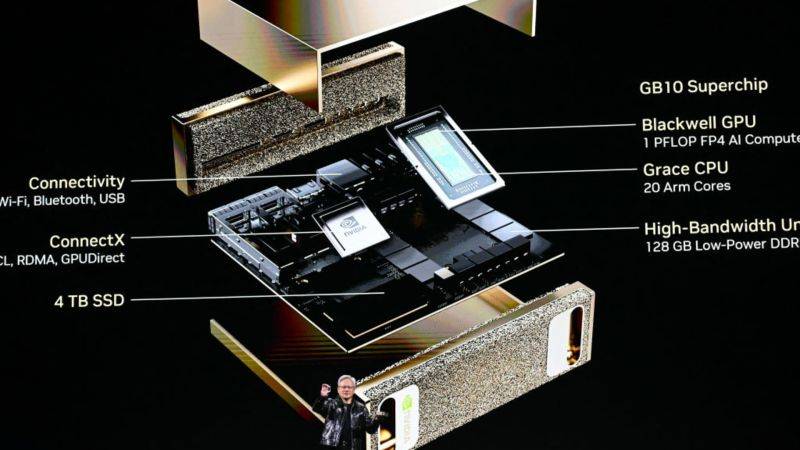In a pivotal breakthrough, the United States and China have agreed on a framework to ease export controls following two days of intense trade negotiations held in London. The accord, announced on June 10, 2025, aims to revive the fragile Geneva truce and ease mounting pressures from reciprocal trade restrictions. Top-level trade negotiators—including U.S. Commerce Secretary Howard Lutnick and Chinese Vice Commerce Minister Li Chenggang—confirmed a consensus to lift China’s export curbs on rare earths and magnets, essential resources for electric vehicles and advanced electronics. In exchange, the U.S. plans to roll back export restrictions on Chinese imports such as semiconductor design software and select aerospace components.

Read Also: Musk Admits He “Went Too Far” in Trump Jibes

While global markets reacted with cautious optimism—Asian indices edged higher, but the S&P 500 showed only marginal movement—analysts warn “the devil will be in the details,” since the framework remains high-level without specific commitments. Both nations now have until August 10, 2025, to finalize a comprehensive agreement or risk automatic tariff reinstatement to previous peaks of over 100%. This agreement marks a strategic pause in escalating export-control warfare, but it does not resolve deeper trade imbalances or structural competition. Landmark areas like China’s trade surplus, U.S. semiconductor access, and steep tariff architecture remain pending negotiation zones. U.S. appeals court rulings have also allowed some Trump-era tariffs to stay in effect for now.
Why it matters now
Rare earths lifeline: With China's near-monopoly affecting key industries, easing export curbs could slingshot supply chain resilience, especially in electric vehicle and defense manufacturing.
Chip supply relief: Relaxing U.S. curbs on Chinese access to semiconductor tools may catalyze the global AI and electronics landscape.
Market stability: Though markets showed only mild gains, the agreement helps prevent a sharp downturn—current market highs suggest pricing in optimism.
Both governments still require formal sign-off from President Trump and President Xi Jinping, with final implementation hinging on their approval. Policymakers now face a 60-day deadline to convert the framework into a binding deal or risk renewed tariff escalation. This London agreement is a step toward de-escalation in the increasingly fraught U.S.–China trade war. But with substantive issues still far from resolved, both sides must now draft, approve, and enforce specific terms—before the August deadline—to truly stabilize global trade and supply chains.



